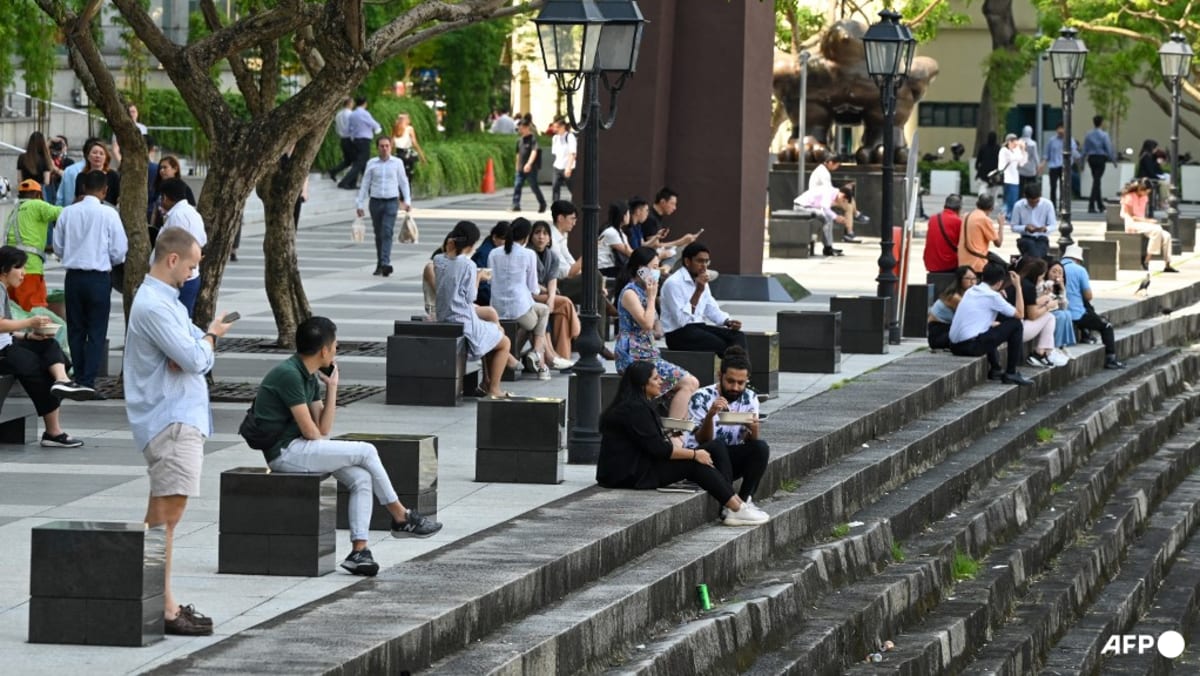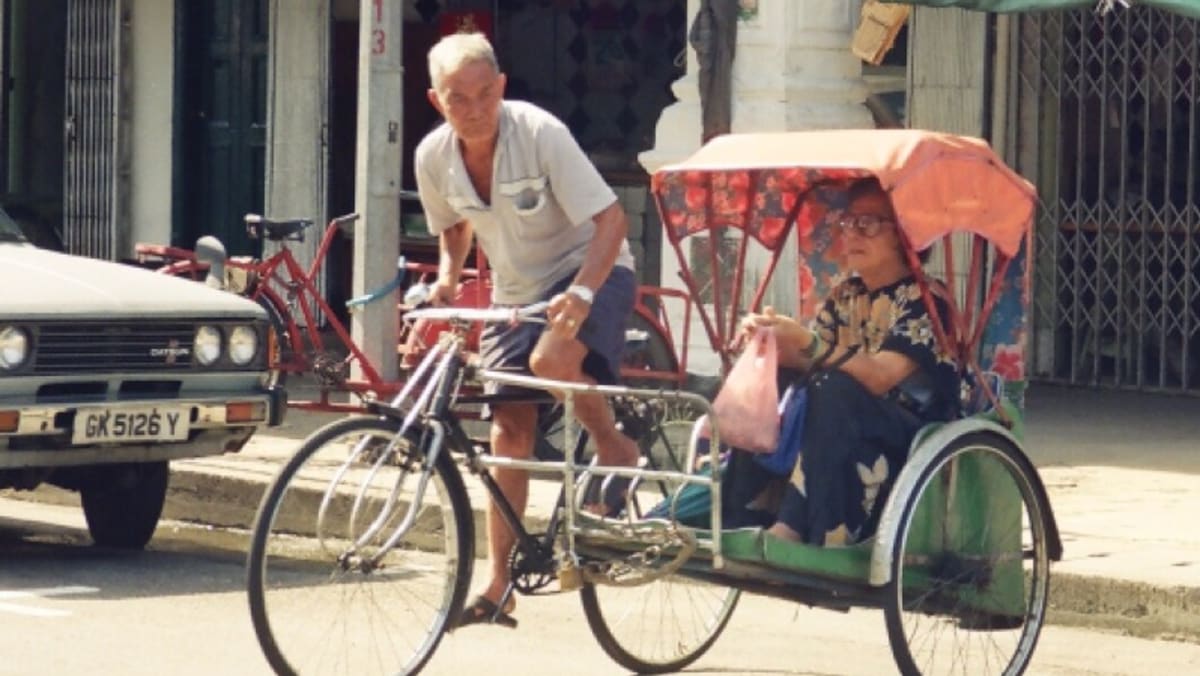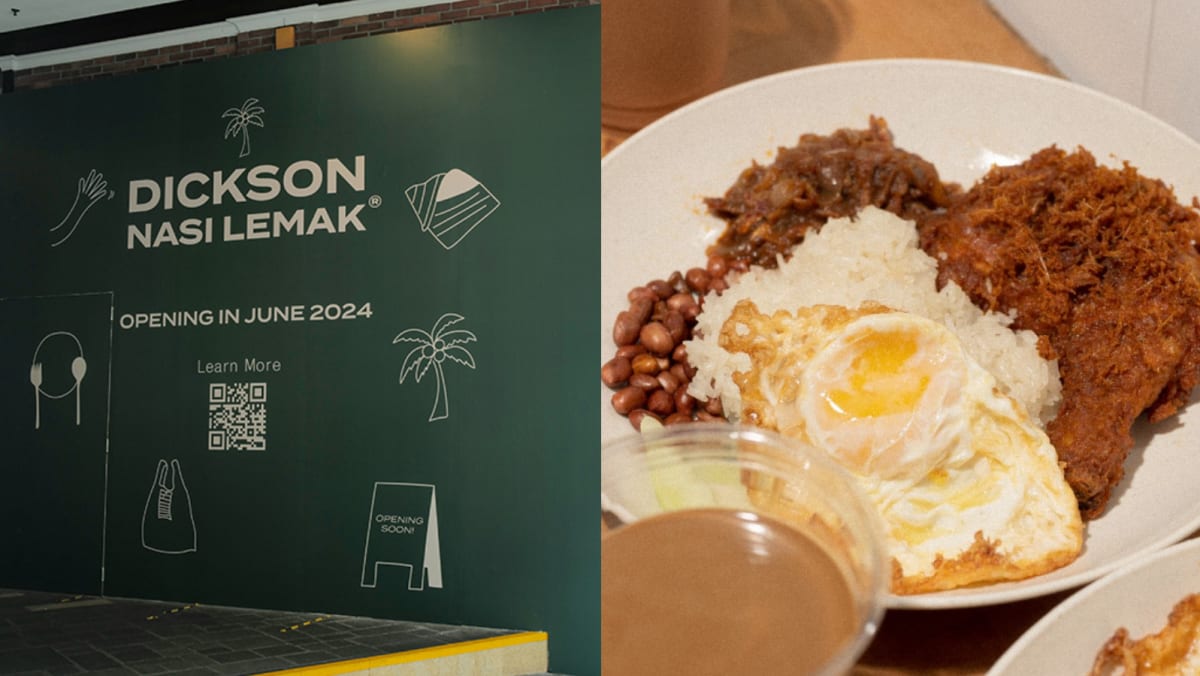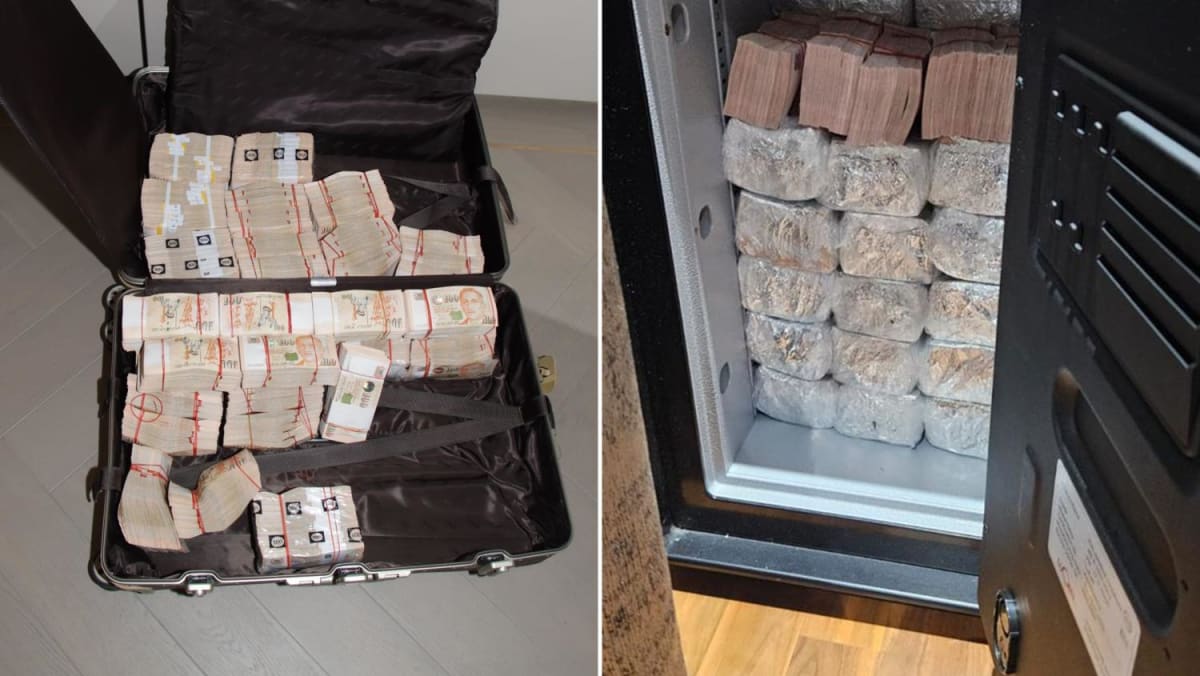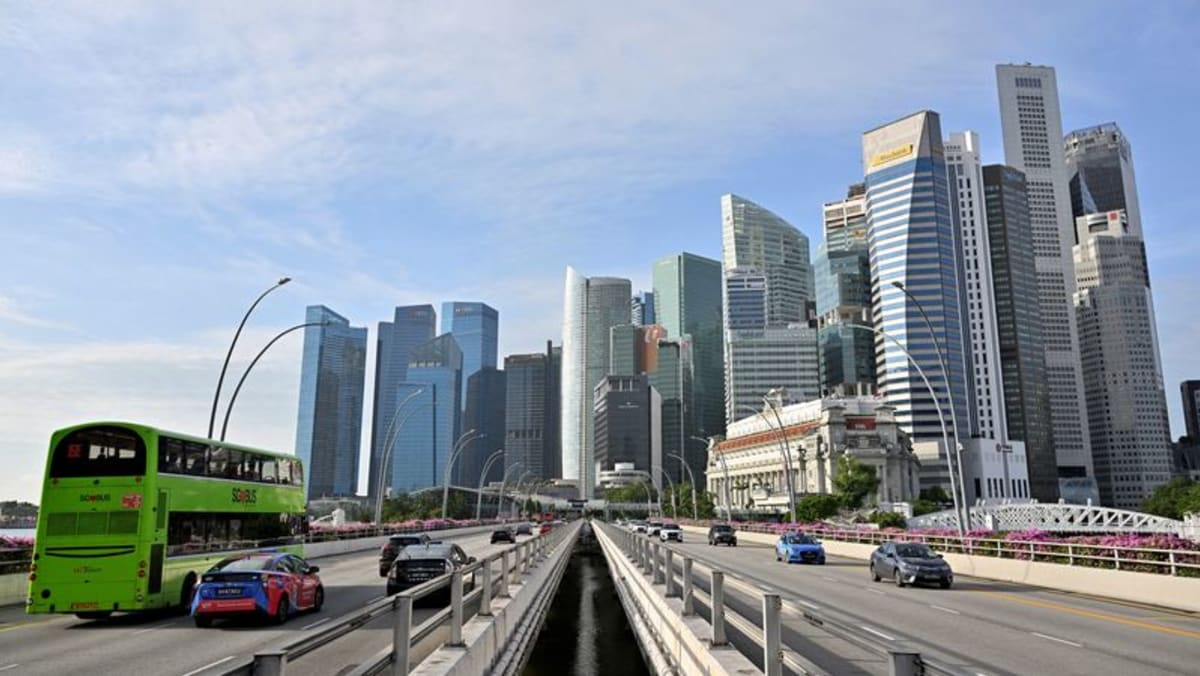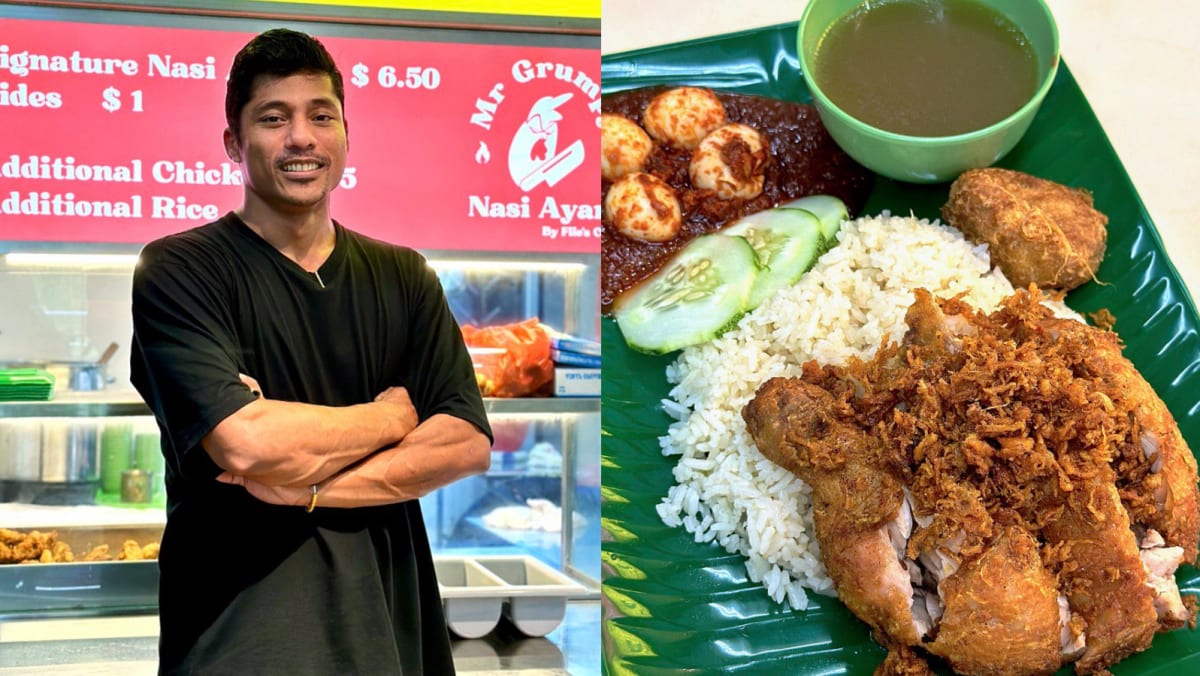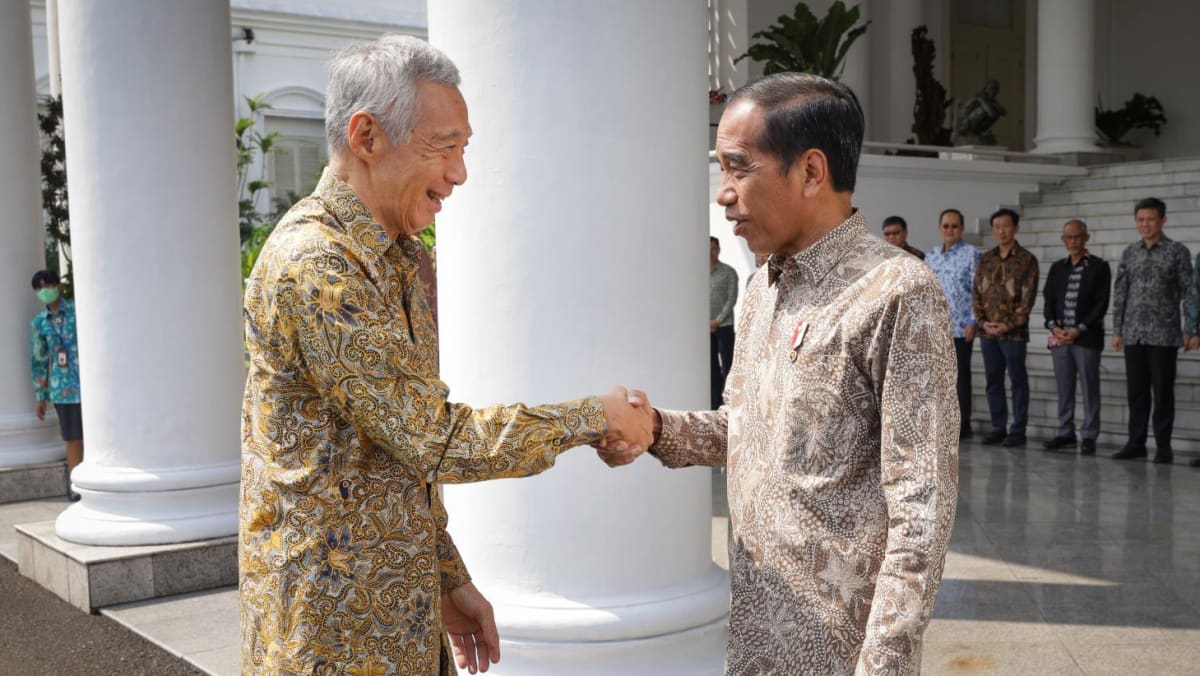1950s – 1970s: DECLINE AS PUBLIC TRANSPORT
The trishaw industry saw a decline from the mid-1950s due to increasing government regulation and the rise of motor vehicles, as well as urbanisation.
After the surrender of the Japanese in 1945, colonial authorities were keen to control petty trading and introduced regulations to limit street hawkers and trishaw riders after their numbers swelled during the Occupation.
In December 1946, mandatory registration and licensing were established for trishaw riders, accompanied by a licensing test and a requirement to wear arm badges.
The Singapore Rickshaw and Trishaw Workers’ Union opposed these measures, citing the high licensing fees of S$5 and the perceived degradation of its members with the arm badges. Many trishaw riders refused to sign up.
A compromise was eventually reached – the arm badges were replaced with badges and the union would conduct the licensing tests.
In June 1948, a law was introduced to disallow the registration of new trishaws.
Further quotas were announced the following year – the authorities set the maximum number of trishaw riders at 9,000 and capped trishaws at 7,900. These quotas were reduced by 1954 to 5,175 riders and 4,820 trishaws.
“These reductions were usually justified by the authorities on the grounds that trishaws were either too slow or taking up too much parking space,” said the NLB Infopedia article.
